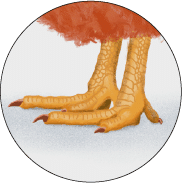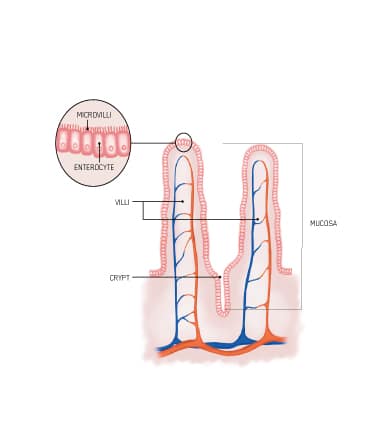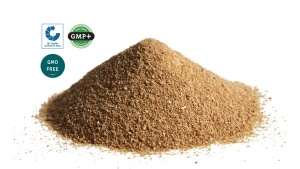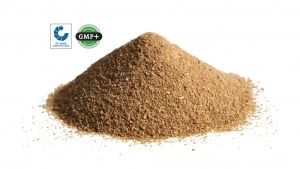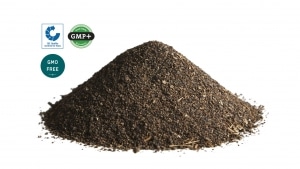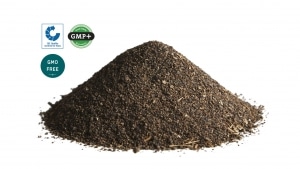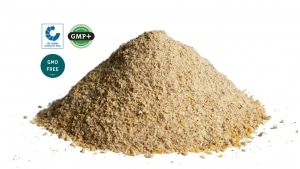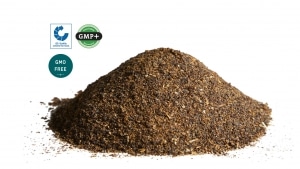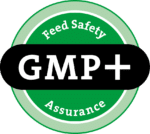Laying hen health is big business!
Focus on welfare and boosting layers health increases as consumers and governments influence the animal welfare agenda and tighten legislation. The demand for free-range eggs and antibiotic-free production increases, and pressure is put on the egg producers to reorganize the production and cost structure.
Improving hen health is the first step towards reducing antibiotics while maintaining a satisfying production result. A healthy hen is a bird with healthy guts, a resilient immune system and low pathogen count in the droppings.
The quality of feed influences all these factors.
Feed benefits
Challenges in layer nutrition
Genetics, water, temperature, sanitation, and nutrition are factors influencing a flock of hens’ efficiency. Hens in bad health are less productive and more susceptible to infections due to a weakened immune system. They spread infections to other hens as well.
Better gut health
Improving the overall health for layers means improving the gut microflora, the gut functionality and the immune system’s resilience against pathogens.
Reducing bacteria and parasites
Pathogenic bacteria, parasites and fungi are costly in the egg-production but hard to control during breakouts without antibiotics.
There is a long list of bacteria and parasites affecting laying hen health, wellbeing and production performance.
Diarrhea in egg production
The parasites from the class Coccidia are a common cause of diarrhea in layers. Coccidiosis diarrhea is characterized by blood and mucous in the stool. E. coli and Salmonella spp., causes wet droppings as well. Diarrhea affect the egg-layer production efficiency up to 40 %.
Avoiding wet feet
Foot Pad Lesions are much more likely to occur in a wet bedding with diarrhea. Egg-layers with footpad lesions are more susceptible to pathogenic bacteria. Keeping the bedding dry and with a low count of bacteria is a key task.
How feed influences broilers
How feed influences layers hens
In poultry, nutrition is well-recognized feed influences on gut health, nutrient absorption ability and the immune system response.
Better use of feed
Complementary functional feed increases the layers absorption of nutrients and utilization of the feed provided. Better use of minerals and feed reduce feed cost, increase production and lower the environmental burden.
Gut modulation in layers
Complementary functional feed increases the layers absorption of nutrients and utilization of the feed provided. Better use of minerals and feed reduce feed cost, increase production and lower the environmental burden.
By promoting the number of lactic acid bacteria and diversifying the groups of bacteria present, the relationship between beneficial and pathogenic bacteria can be controlled through functional feeding.
Better armour and immune system
Complementary feed supports the development of a fully functional immune system response and a thick gut lining. The gut lining works as armour against bacteria entering the bloodstream.
Reduction in bacteria
When pathogenic bacteria are repressed, a lower count of pathogens can be measured in the droppings. Choose a complementary feed with anti-bacterial and anti-inflammatory compounds.
The complementary feed EP100i is based on fermented rapeseed with lactic acid bacteria. It contains prebiotic fiber and more than 1.000 bioactive metabolites supporting gut development. The composition of all these compounds results in a beneficial gut modulation.
PROTEINS
For more information about our fermented proteins
ABOUT EUROPEAN PROTEIN
European Protein is a Danish family-owned protein producer. We work to promote health and productivity for animals through functional and sustainable plant proteins. The company was founded in 2011 and has protein factories in Denmark, Ukraine and the US.
HEAD QUARTER
European Protein A/S
Vorbassevej 12, 6622 Bække, Denmark
+45 75 38 80 40, [email protected]
VAT No. 33643675
FACTORIES
Denmark
Mangehøje 4, 7300 Jelling, Denmark
+45 75 38 80 40, [email protected]
Ukraine
222-a Vokzalna Street, Rokytne 09600, Kyiv Region, Ukraine
+38 044 390 40 54, [email protected]
USA
1201 N Ellis Rd #7055, Sioux Falls, SD 57107, USA
+1 605-338-9775, [email protected]

